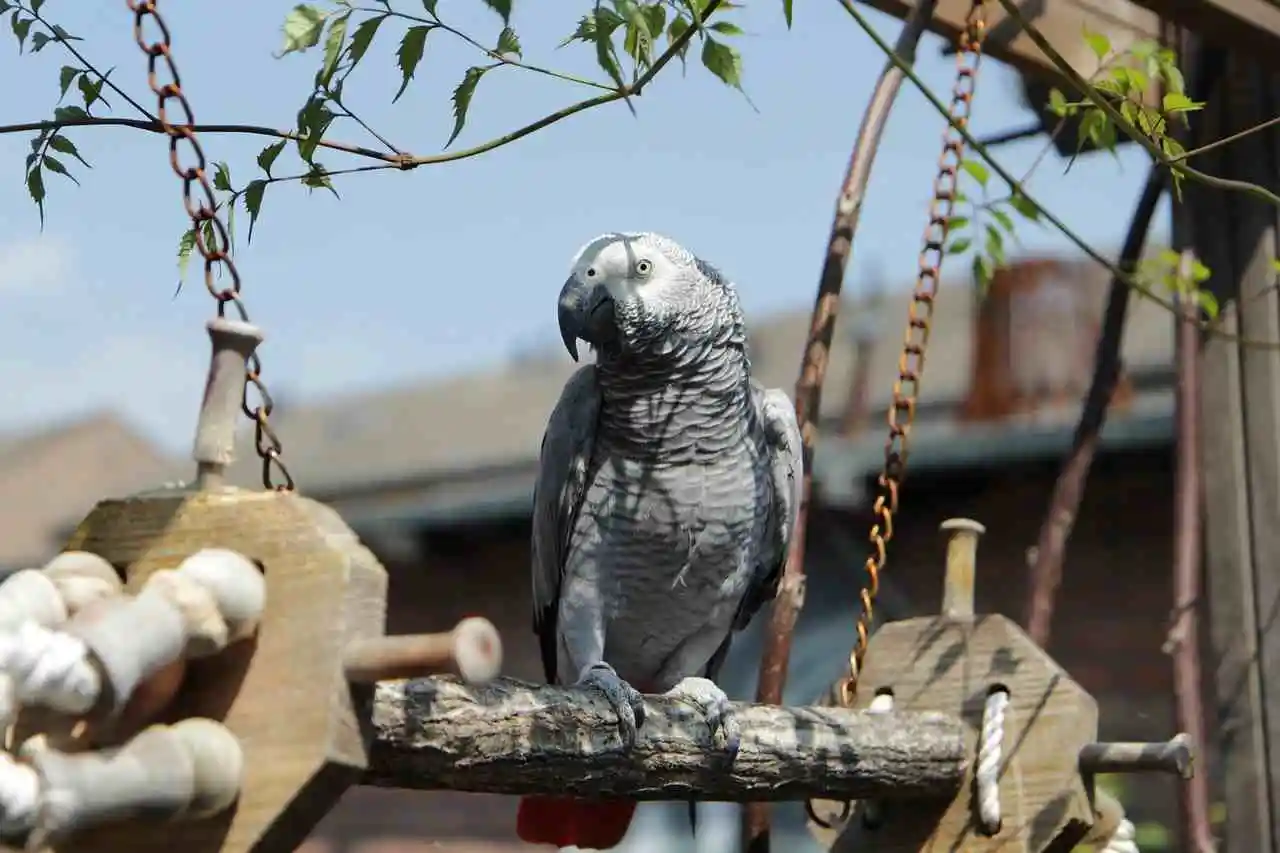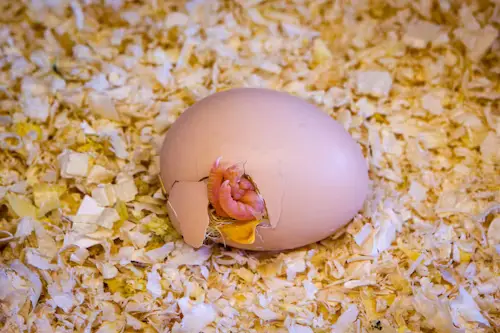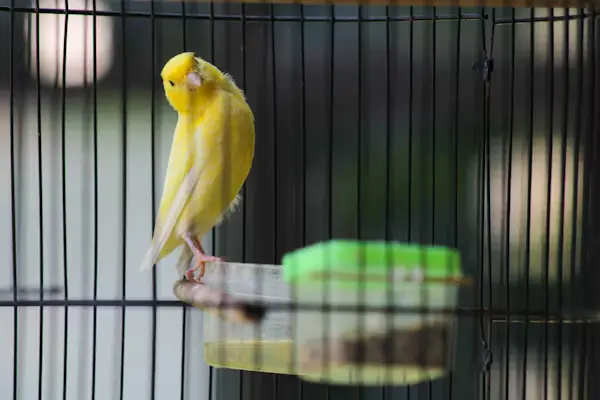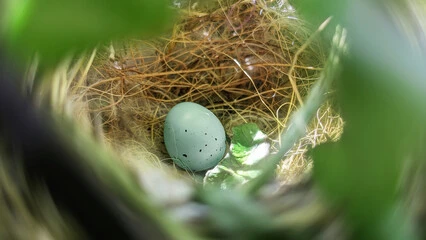Lovebirds Food: How to Choose the Best for Happy Lovebirds
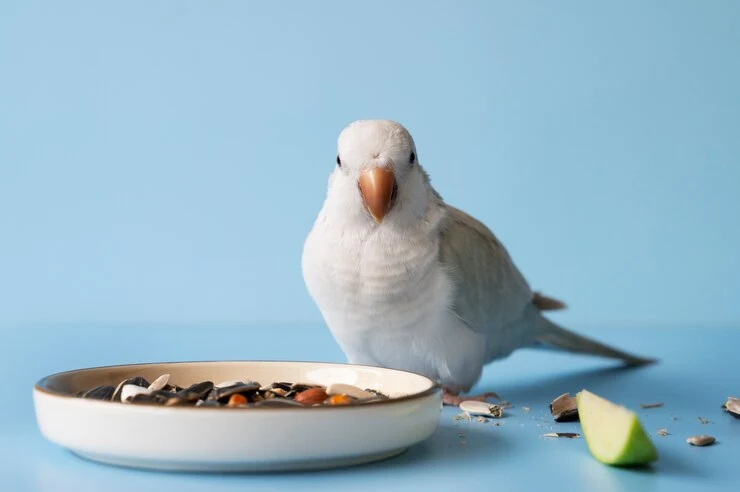
Do you look at your vibrant, playful lovebirds and wonder if you’re truly giving them the best possible start to a long and healthy life? It’s a question all loving bird parents ask! Providing the right lovebirds food isn’t just about filling a bowl; it’s about fueling their energetic personalities, supporting their brilliant plumage, and preventing health problems down the road. I remember when I first brought my lovebird, Pip, home – I was overwhelmed with information and desperately wanted to ensure I was doing everything right for his wellbeing. This guide will simplify e%verything you need to know about nutrition for these adorable little birds.
Table of Contents
Understanding Your Lovebird’s Nutritional Needs
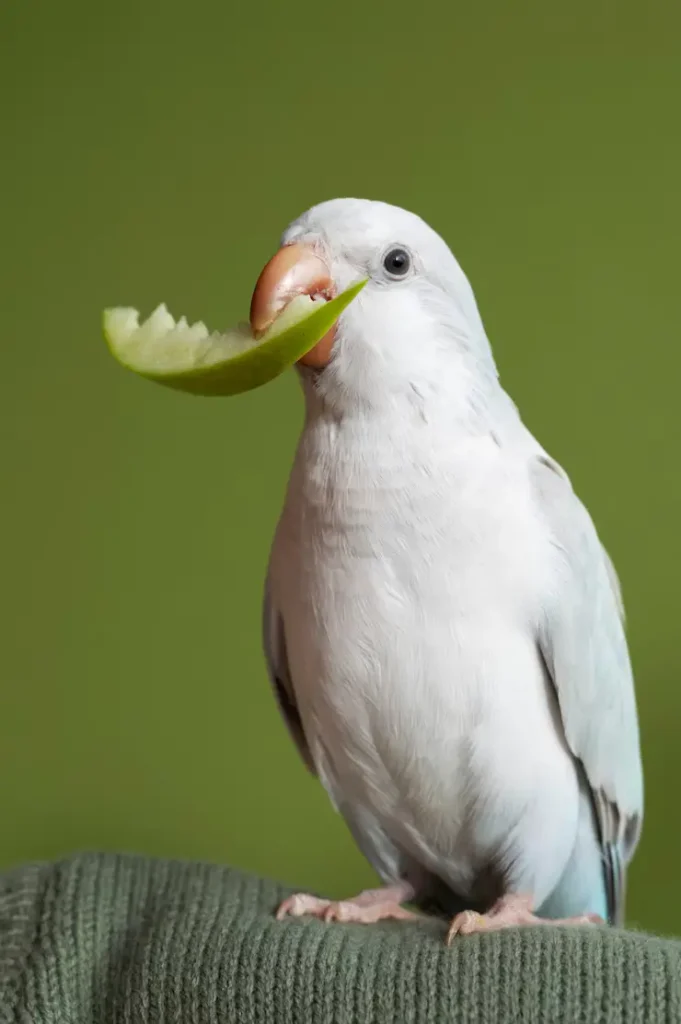
Lovebirds, originating from the African continent, have evolved to thrive on a varied diet in the wild. Their natural diet consists of seeds, fruits, vegetables, and leafy greens. Replicating this naturally diverse diet in captivity is the key to ensuring your feathered friend stays happy and healthy. A poor diet can lead to serious health issues like obesity, feather plucking, and vitamin deficiencies.
The Cornerstone of a Healthy Diet: Lovebird Seed Mix
For many years, lovebird seed mix was the staple for these birds. While seeds can be part of a healthy diet, they shouldn’t be the entire diet. Here’s why:
- High in Fat: Seeds are energy-dense, meaning they’re high in fat. Too many seeds can lead to obesity and related health problems.
- Nutritional Imbalance: Seed mixes often lack essential vitamins and minerals.
- Selective Eating: Lovebirds often pick out their favorite seeds (usually the sunflower seeds!), leaving the healthier options behind.
If you choose to offer a seed mix, look for a high-quality blend specifically formulated for lovebirds. Supplement this with other food sources as detailed below. You can learn more about choosing the right seed mix at our guide to the best bird seed choices.
Table: Pros & Cons of Lovebird Seed Mix
| Feature | Pros | Cons |
|---|---|---|
| Palatability | Highly appealing to lovebirds | Can lead to selective eating |
| Energy Content | Provides quick energy | High fat content, risk of obesity |
| Availability | Widely available and affordable | Often nutritionally incomplete |
The Rise of the Lovebird Pellet Diet
A lovebird pellet diet is increasingly recommended by avian veterinarians. Pellets are formulated to provide a complete and balanced nutritional profile, eliminating the risks associated with a seed-only diet.
- Complete Nutrition: Pellets contain the essential vitamins, minerals, and amino acids your lovebird needs.
- Discourages Picky Eating: The uniform shape and texture discourage selective eating.
- Reduced Mess: Pellets generally create less mess than seed mixes.
However, transitioning your lovebird to a pellet diet can be challenging. They may initially refuse it, being accustomed to the taste of seeds. Here’s how to make the switch:
- Gradual Introduction: Mix a small amount of pellets into their existing seed mix.
- Increase the Ratio: Gradually increase the proportion of pellets over several weeks.
- Make it Appealing: Moisten the pellets with a little fruit juice or water to make them more attractive.
- Persistence is Key: Don’t give up! It may take time for your lovebird to fully accept the change.
Lovebird Fresh Vegetables: A Vital Component
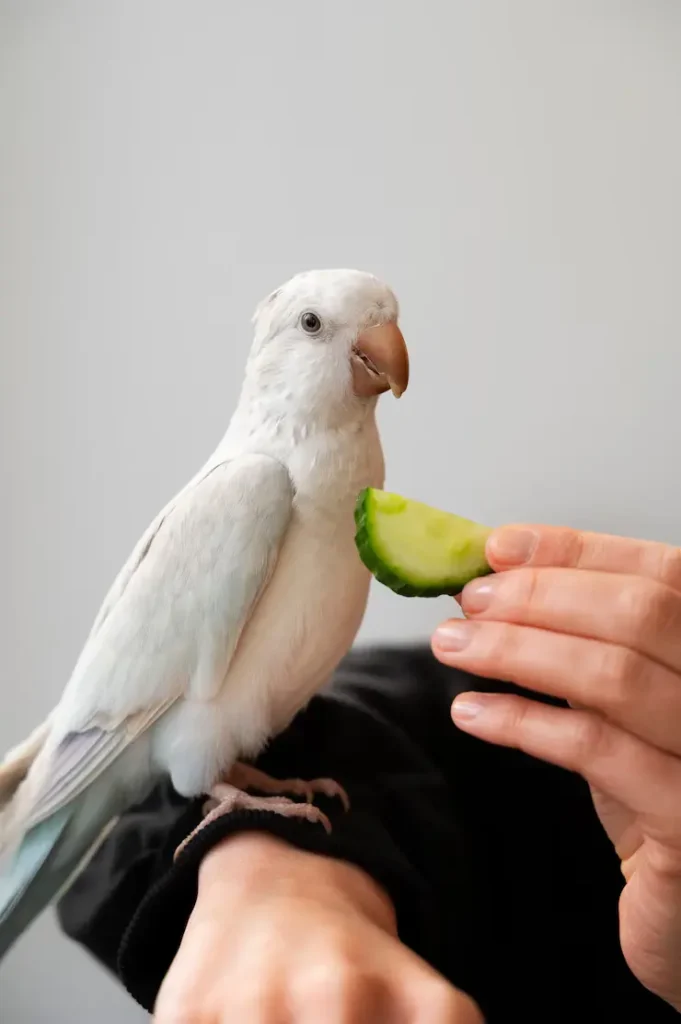
Lovebird fresh vegetables are absolutely crucial for their health. They provide essential vitamins, minerals, and antioxidants that contribute to a strong immune system and vibrant plumage.
- Leafy Greens: Kale, spinach, romaine lettuce (avoid iceberg lettuce, which has little nutritional value).
- Colorful Vegetables: Carrots, broccoli, sweet potatoes, bell peppers (especially red and orange, rich in Vitamin A).
- Other Options: Green beans, peas, corn (in moderation)
Important Safety Note: Always wash vegetables thoroughly to remove pesticides. Remove any uneaten vegetables after a few hours to prevent spoilage.
Homemade Lovebird Food: Taking Control of Ingredients
Creating homemade lovebird food can be a rewarding way to provide your bird with a nutritious and varied diet. You can tailor the recipe to your lovebird’s individual preferences and ensure you know exactly what’s going into their meal.
Here’s a simple recipe idea:
- 1 cup cooked brown rice
- 1/2 cup chopped vegetables (broccoli, carrots, peas)
- 1/4 cup cooked lentils or chickpeas
- 1 tablespoon chopped fruit (apple, banana)
- A pinch of bird-safe herbs (parsley, cilantro)
Important Considerations:
- Research: Before introducing any new food, ensure it’s safe for lovebirds.
- Variety: Rotate ingredients to provide a wide range of nutrients.
- Avoid Toxic Foods: See the “Foods to Avoid” section below.
Lovebird Treats: A Little Something Special
Lovebird treats should be given in moderation. They’re a fun way to bond with your bird and provide enrichment, but shouldn’t replace a balanced diet.
- Millet Spray: A popular and relatively healthy treat.
- Small Pieces of Fruit: Apple, banana, berries are good options.
- Bird-Safe Seeds: Flaxseed, chia seeds.
- Commercial Treat Sticks: Choose those with natural ingredients and low sugar content.
Remember, treats should make up no more than 10% of your lovebird’s daily intake.
Top Lovebird Food Brands: What to Look For
Choosing the right lovebird food brands can be daunting. Here are some reputable options:
- Harrison’s Bird Foods: Known for their high-quality, organic pellets.
- Roudybush: Offers a wide range of pellet formulas for different bird species.
- ZuPreem: A well-established brand with a variety of pellet options.
- Lovebird Foods: As the name suggests, they specialize in lovebird nutrition.
When selecting a brand, look for:
- Complete and Balanced Nutrition: The food should meet the nutritional needs of lovebirds.
- Natural Ingredients: Avoid artificial colors, flavors, and preservatives.
- Positive Reviews: Research what other lovebird owners have to say about the brand.
Foods to Absolutely Avoid

Certain foods are toxic to lovebirds and should never be given. These include:
- Avocado: Highly toxic to birds.
- Chocolate: Can be fatal.
- Alcohol and Caffeine: Extremely harmful.
- Onion and Garlic: Can cause anemia.
- Xylitol: A sugar substitute that is deadly to birds.
- Apple Seeds: Contain cyanide.
Transitioning a Picky Eater: Troubleshooting Tips
It’s common for lovebirds to be picky eaters! Here are some tips to encourage them to eat a healthy diet:
- Presentation Matters: Arrange food attractively.
- Offer Variety: Rotate foods to keep things interesting.
- Sprout Seeds: Sprouted seeds are highly nutritious and more appealing to some birds.
- Warm Food: Slightly warming vegetables can enhance their aroma and palatability.
- Be Patient: Don’t force your bird to eat.
FAQ about Lovebirds Food
Q: How much food should I give my lovebird each day?
A: A general guideline is 1-2 tablespoons of pellets, supplemented with fresh vegetables and a small amount of seed or fruit. Adjust the amount based on your bird’s individual appetite and activity level.
Q: Can lovebirds eat fruit seeds?
A: No. Apple seeds especially contain cyanide and are toxic. Always remove seeds from fruit before offering them to your lovebird.
Q: What is the best way to introduce new lovebirds food?
A: Introduce new foods gradually, offering a small amount alongside their familiar foods. Observe your bird’s reaction and adjust accordingly.
Q: Is it okay to give my lovebird human food?
A: Some human foods are safe and healthy for lovebirds (like cooked brown rice or small pieces of fruit), but it’s crucial to research each item to ensure it’s not toxic. Always avoid the foods listed in the “Foods to Avoid” section.
Conclusion: A Lifetime of Health Starts with Nutrition
Providing your lovebird with the right lovebirds food is one of the most important things you can do to ensure their health and happiness. By understanding their nutritional needs, offering a varied diet, and avoiding toxic foods, you’re setting the foundation for a long and vibrant life together. From choosing the right seed mix to embracing fresh vegetables and exploring high-quality pellet options, the choices you make about your bird’s diet truly matter.
To learn more about comprehensive bird care, including ideal cage setups and enriching activities, explore our other articles at Magical Pet Bird’s Bird Care Section.
We’d love to hear from you! What are your lovebird’s favorite foods? Share your tips and experiences in the comments below! Don’t forget to share this article with other lovebird enthusiasts to help them provide the best possible care for their feathered friends.

